As a canoeist, I look at maps to find connections: Lakes and rivers, ponds and creeks—tie it all together with portages and you a get a canoe trip. A glance at the map of Temagami reveals perfect canoe country. Indigenous people called it “nastawgan”—a web of timeless travelways across a watery land. This spring, I conceived a 10-day trip to an alluringly blank spot on the Temagami map known as the Solace Wildlands. This chunk of undeveloped Crown land is currently imperilled by road construction, yet also represents a great opportunity for conservation.
Within a day or two of ice-out, my wife Kim and I set off on Matagamasi Lake, northeast of Sudbury. We paddled north—through the renowned old-growth red pine forests and turquoise waters of Wolf and Chiniguchi lakes. Then we linked a series of ponds to the Sturgeon River, and followed the traditional “Witch’s portages” to Yorston Lake. This narrow trail was practically emblazoned on the forest floor, a vestige of nastawgan. At Seagram Lake we entered the Solace Wildlands.
Talking Falls as photographed on black & white film by the author.
Canoe routes trace corridors of wild places, in our case bookended by Lady Evelyn-Smoothwater and Chiniguchi Waterway provincial parks to the north and south, respectively. This sort of natural connectivity—a 50-kilometre greenway—is essential to preserving biological diversity. Large wildlife like black bear, eastern cougar and wolves cannot thrive without vast swaths of undeveloped land; corridors allow individual animals—and their genes—to mix and mingle across the landscape. The pattern isn’t limited to wildlife: Given the realities of climate change, natural corridors enable trees and plants to migrate, adapt and become resilient. These sorts of natural interactions are critical to the northern economy: They allow plants and animals (aka “natural resources”) to persist in the face of change. In turn, their presence reflects clean water and air, intact forests and wetlands—the foundations of life on earth.
As we paddled and portaged up the Yorston River, I thought: What better opportunity to protect a functional tract of land? In 2010 Canada joined over 190 countries in signing the United Nations Convention on the Conservation of Biological Diversity, pledging to protect 17 per cent of its lands and inland waters by 2020. With the deadline fast approaching, only 11 per cent of Ontario is protected. Temagami is recognized for its rich biological diversity and vibrant adventure tourism industry. I believe protected areas can achieve conservation objectives and support a sustainable economy.
Equal parts fear and resolve compelled us to linger at Talking Falls on a sunny afternoon. It’s here that a primary logging road may soon fracture the wilderness. Days later, the payoff for dozens of hard portages was a thrilling descent of the Sturgeon River. But it was a lazy lunch at Talking Falls that was the trip’s highlight, where we sat on the rocks and heard the steady flow of the Yorston River whispering our names.

